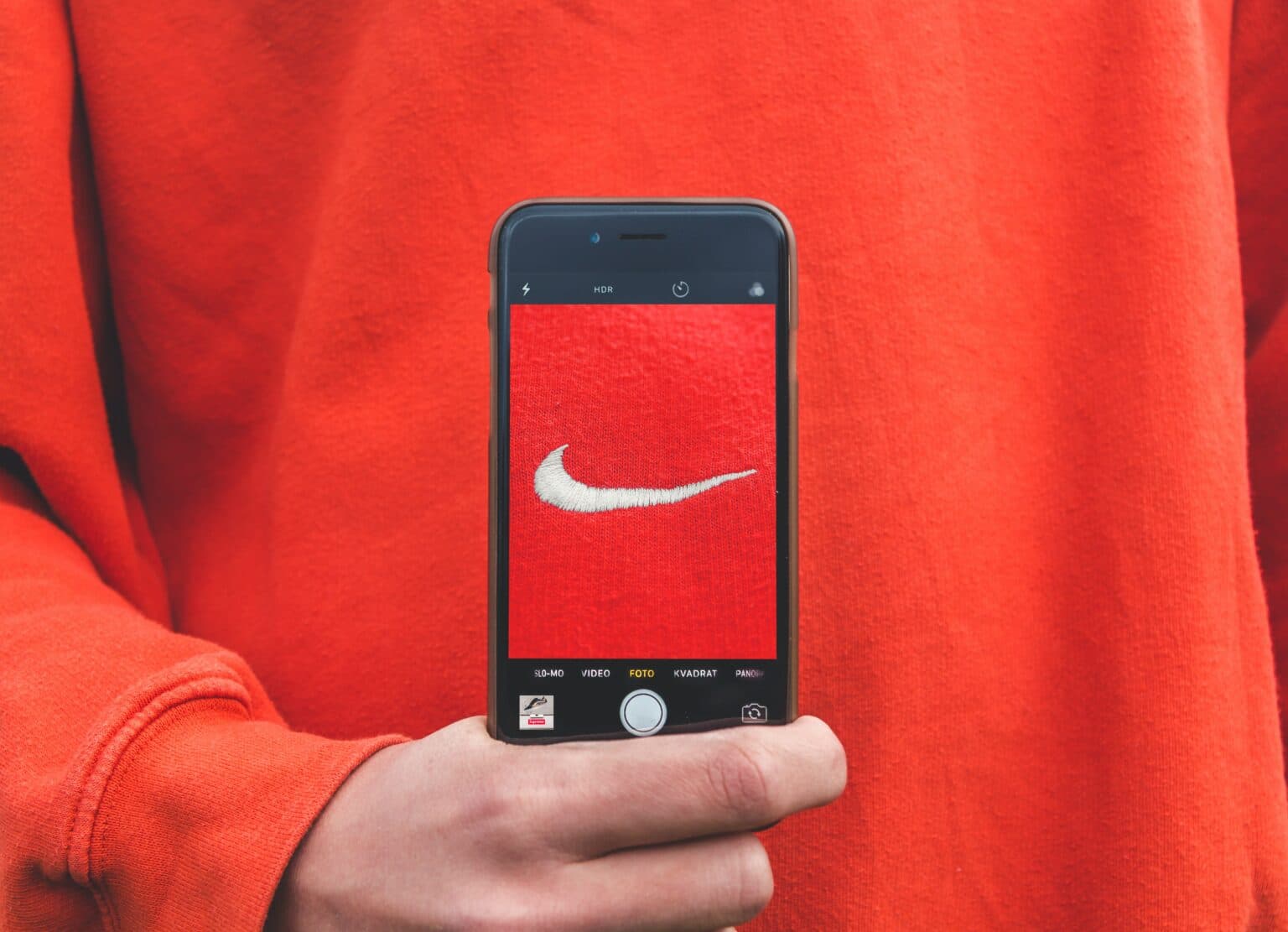Unlocking the UGC Definition: A Must-Read for Aspiring Creators
As an aspiring creator, understanding User-Generated Content (UGC) can be your ticket to building a strong online presence and engaging more effectively with your audience. In this comprehensive guide, you’ll discover what UGC is, why it’s important, and how you can leverage it to boost your marketing efforts. By the end of this post, you’ll have actionable insights and real-world examples to help you get started with UGC in your own projects.
What is User-Generated Content (UGC)?
User-Generated Content (UGC) refers to any form of content—text, videos, images, reviews—created by users rather than brands or companies. This type of content can be AMAZING for marketing because it provides authentic and relatable experiences from actual users. Unlike traditional advertising, which often feels impersonal and sales-driven, UGC offers a genuine perspective that potential customers can trust.
For instance, when customers share a photo of themselves using a product on social media and tag the brand, they create UGC. This content can range from Instagram posts and YouTube videos to blog reviews and testimonials. UGC is diverse and versatile, making it an essential tool for modern marketing.
Understanding the different forms of UGC is crucial for aspiring creators who want to harness its power effectively. Here are some common types of UGC you might encounter:
- Social Media Posts: These include photos, videos, and status updates shared by users on platforms like Instagram, Facebook, and Twitter.
- Reviews and Testimonials: Customer feedback on websites like Amazon, Yelp, or directly on websites.
- Blog Posts: Articles written by users that feature or mention your product or service.
- Video Content: User-created videos on platforms like YouTube or TikTok showcase your product in action.
- Forums and Community Discussions: Conversations about your brand or product on online forums or community boards.
The authenticity and relatability of UGC make it an invaluable asset for brands looking to build trust and credibility with their audience. Let’s delve deeper into why UGC is important for aspiring creators.
Why is UGC Important?

User-generated content is of immense importance for several reasons. First and foremost, it builds trust among potential customers. According to a Nielsen study, 92% of consumers trust recommendations from friends and family over traditional advertising. When users see real people using and endorsing a product, they are more likely to trust the brand.
Additionally, UGC provides social proof. Social proof is the psychological phenomenon where people assume the actions of others in an attempt to reflect correct behavior in a given situation. When potential customers see others enjoying a product or service, they are more likely to feel confident purchasing it themselves.
Another significant benefit of UGC is its cost-effectiveness. Unlike traditional advertising campaigns that can be expensive to produce and distribute, UGC is often created at no cost to you. This makes it a budget-friendly option for small businesses and aspiring creators who may not have large marketing budgets.
Moreover, UGC enhances engagement. Content created by users tends to generate higher engagement rates than brand-created content. This is because users find UGC more relatable and trustworthy. Higher engagement rates can lead to increased visibility on social media platforms due to algorithms favoring content with higher interaction levels.
Lastly, UGC provides valuable insights into customer preferences and behaviors. By analyzing the type of content your audience creates and engages with, you can better understand what resonates with them. This information can inform future marketing strategies and product development.
How to Encourage Users to Create UGC

If you’re an aspiring creator looking to leverage UGC, it’s essential to actively encourage your audience to create content related to your brand. Here are some actionable tips on how you can do this effectively:
- Create a Branded Hashtag: Develop a unique hashtag for your brand and encourage your audience to use it when sharing content related to your products or services. For example, GoPro’s #GoProFamily hashtag encourages users to share their adventures captured on GoPro cameras.
- Run Contests and Giveaways: Organize contests or giveaways that require participants to create and share content featuring your product. This will not only incentivize content creation but also increase brand visibility.
- Feature User Content: Show appreciation for your audience’s efforts by featuring their content on your official social media channels or website. This recognition can motivate others to create content as well.
- Engage with Your Audience: Actively engage with users who create content related to your brand by liking, commenting on, or sharing their posts. This interaction can foster a sense of community and encourage more UGC.
- Create Shareable Moments: Design products or experiences that naturally lend themselves to being shared on social media. For example, aesthetically pleasing packaging or unique unboxing experiences can prompt users to share photos or videos.
The key to encouraging UGC is making participation easy and rewarding for your audience. By implementing these strategies, you can foster a community of engaged users who actively contribute content related to your brand.
Real-World Examples of Successful UGC Campaigns

To truly understand the power of UGC, let’s look at some real-world examples of brands that have successfully leveraged user-generated content in their marketing campaigns:
- Coca-Cola’s “Share a Coke” Campaign: Coca-Cola replaced its iconic logo with popular names on its bottles and cans. This encouraged customers to share photos of themselves with personalized Coke bottles on social media using the hashtag #ShareaCoke. The campaign resulted in millions of social media impressions and increased sales.
- Lego’s “Lego Ideas” Platform: Lego created an online platform where fans can submit their own Lego set designs. Lego will consider turning it into an official set if a design receives enough votes from the community. This initiative generates creative ideas and fosters a sense of involvement among Lego enthusiasts.
- Aerie’s #AerieREAL Campaign: Aerie encourages customers to share unretouched photos of themselves wearing Aerie products using the hashtag #AerieREAL. The campaign promotes body positivity while providing authentic customer testimonials that resonate with their target audience.
- Doritos’ “Crash the Super Bowl” Contest: Doritos invited fans to create their own Super Bowl commercials featuring Doritos products. The winning ad was aired during the Super Bowl, giving fans a chance at fame while generating high-quality user content for Doritos.
- Burt’s Bees “Bring Back the Bees” Campaign: Burt’s Bees encouraged customers to plant wildflowers and share photos using the hashtag #BringBackTheBees. For each post shared, Burt’s Bees planted wildflowers in collaboration with various environmental organizations.
These examples demonstrate how effectively executed UGC campaigns can drive engagement, increase brand visibility, and build a loyal community around your brand. Drawing inspiration from these successful campaigns, you can develop strategies for leveraging user-generated content.
The Do’s and Don’ts of Using UGC
While incorporating user-generated content into your marketing strategy offers numerous benefits, following best practices is essential to ensure success. Here are some do’s and don’ts when using UGC:
- Do Seek Permission: Always seek permission from users before using their content in your marketing materials. This shows respect for their work and helps avoid potential legal issues.
- Do Give Credit: When featuring user-generated content, always credit the original creator by tagging them or mentioning their username/handle.
- Do Maintain Quality Standards: While authenticity is crucial in UGC, ensure that the content aligns with your brand’s quality standards before featuring it prominently.
- Don’t Alter User Content Without Permission: Do not make significant alterations to user-generated content without first seeking permission from the original creator.
- Don’t Ignore Negative Feedback: If you receive negative feedback through user-generated content (e.g., critical reviews), address it constructively rather than ignoring or deleting it. Responding professionally shows that you value customer opinions.
Conclusion

This guide is a great starting point if you’re a creator hoping to use UGC to build a business. If you understand UGC and can use it effectively, you’ll be well on your way to building a fantastic marketing system that helps you sell more of whatever you create. There’s a reason that bands, artists, and creators of all types often try to create experiences that will prompt us to share them. And that’s because social proof is a powerful motivator when making purchasing decisions.
So, do what you can to use UGC for your creative endeavors! And, if you’re interested in becoming a UGC Creator, that’s what a lot of this blog is about!
Wishing you luck on your creative journey!










